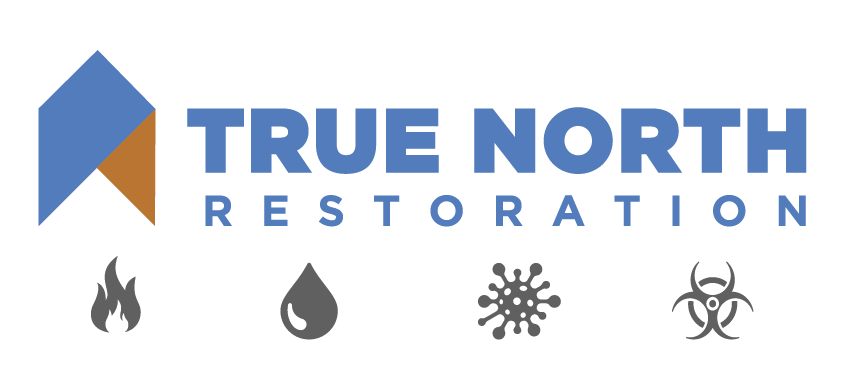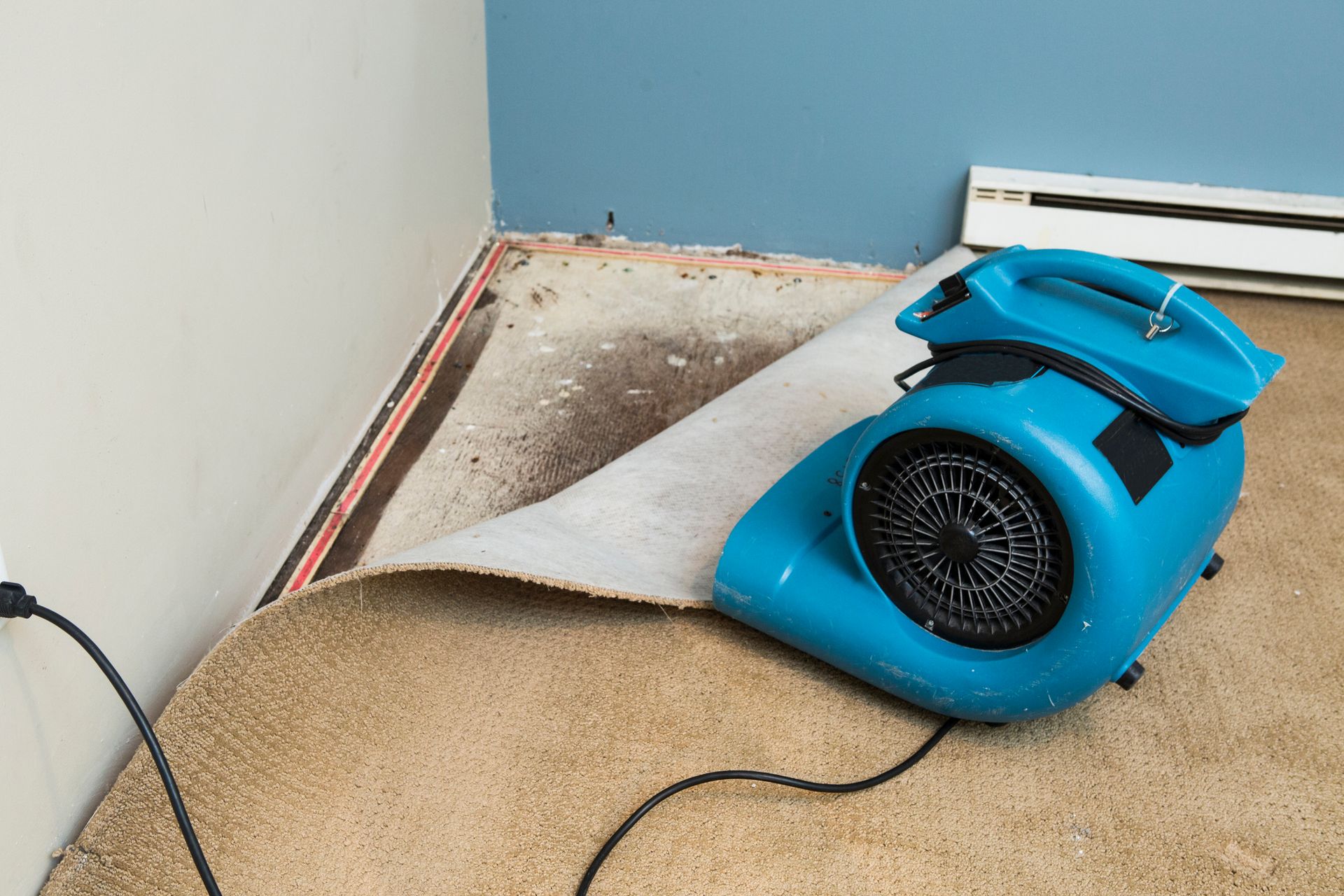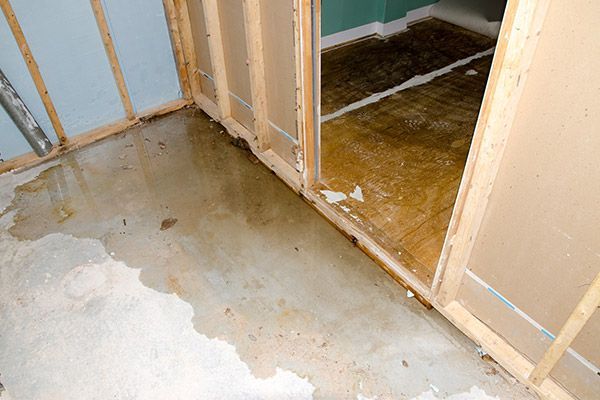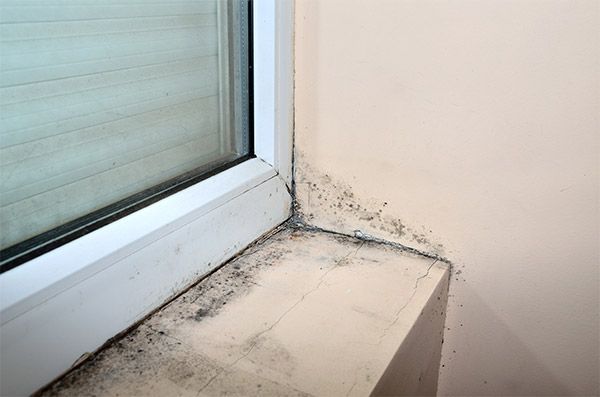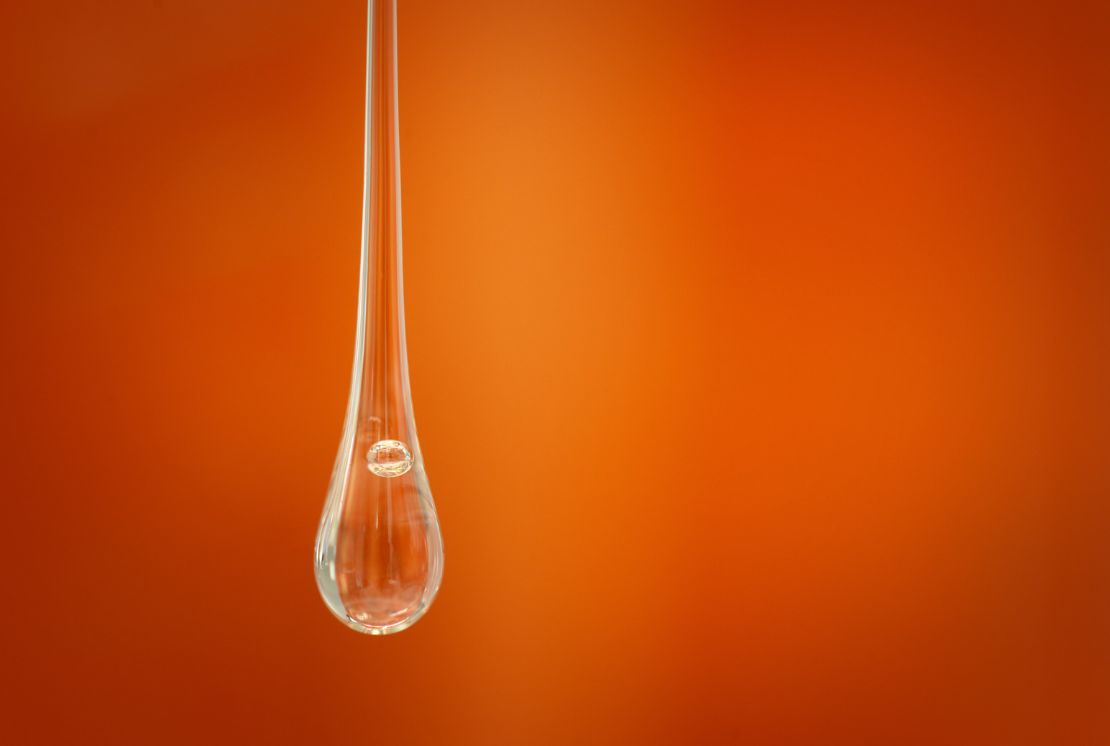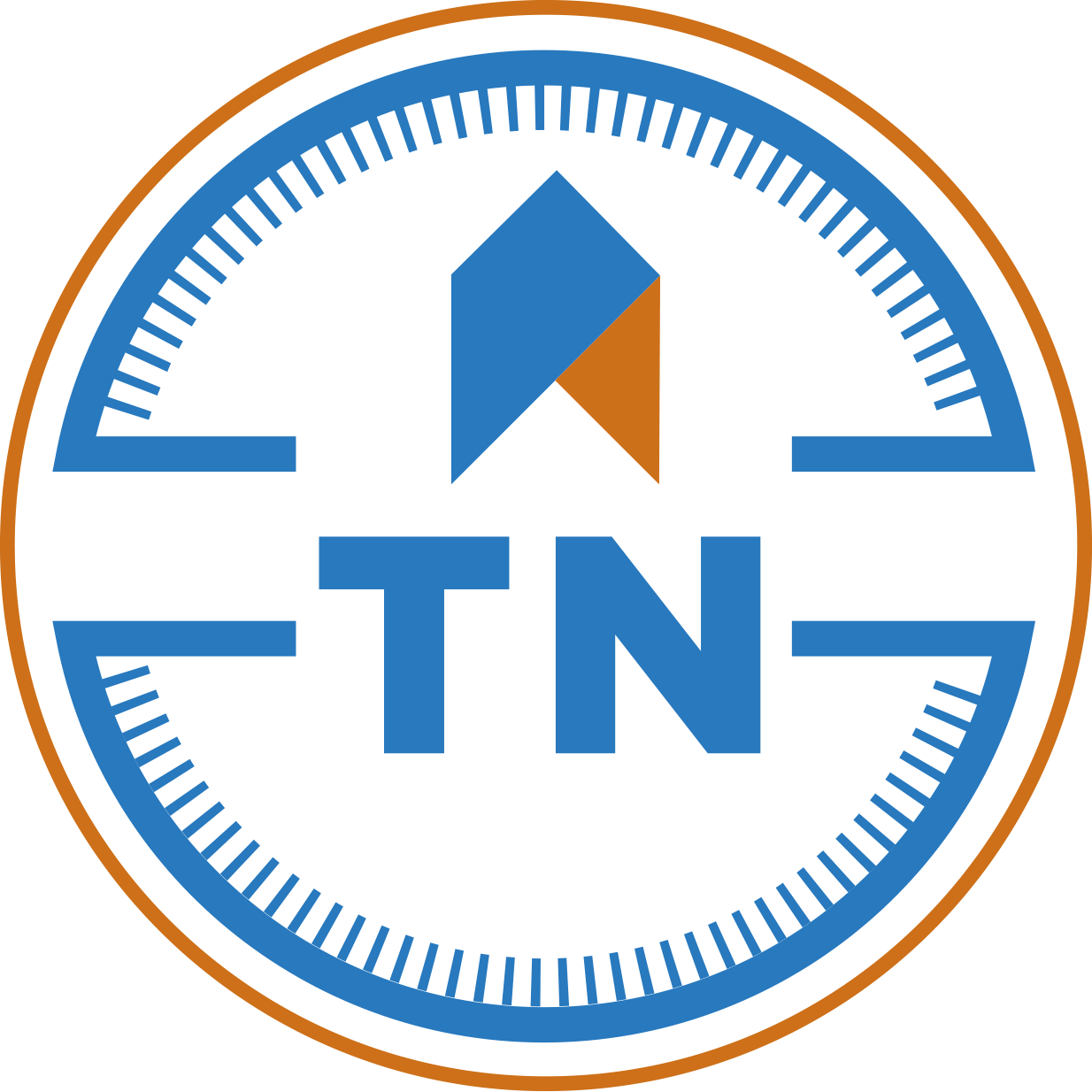Call Us 24/7
Mold - The Silent Killer
Mold is a silent intruder that can wreak havoc on our homes, affecting both the structure and the health of our family. Understanding the common signs of mold, its potential health implications, and effective remediation strategies is crucial for maintaining a safe and healthy living environment.
Identifying Mold: The Telltale Signs
1. Visible Mold Growth:
The most obvious signs of a mold problem is the presence of visible mold growth. Most think of black mold, but mold can appear in various colors, including black, green, or white, and often resembles spots or patches on walls, ceilings, or other surfaces.
2. Musty Odor:
Mold releases volatile organic compounds (VOCs) that produce a distinct musty odor. If you notice a persistent, unpleasant musty smell in your home, it could be an indication of hidden mold growth.
3. Water Damage History:
Areas with a history of water damage, whether from leaks, floods, or high humidity, are more susceptible to mold growth. Keep a close eye on these areas for any signs of mold colonization.
4. Allergic Reactions:
Individuals sensitive to mold may experience allergic reactions, such as sneezing, coughing, watery eyes, or skin irritation. Symptoms that worsen when you are at home and improve when you leave, could be caused by mold.
5. Discoloration on Walls or Ceilings:
Stains or discoloration on walls or ceilings can be indicative of water damage and potential mold growth. It’s important to investigate any discoloration as soon as you notice it and address the root cause.
Health Implications of Mold Exposure
Mold exposure can have various health effects, especially for individuals with allergies, respiratory conditions, or compromised immune systems.
Below are some potential health risks associated with mold:
1. Respiratory Issues:
Inhaling mold spores can trigger or exacerbate respiratory problems, such as asthma and bronchitis. Individuals with pre-existing respiratory conditions may experience more severe symptoms.
2. Allergic Reactions:
Mold allergies can lead to symptoms like sneezing, coughing, congestion, and skin rashes. Prolonged exposure may intensify these reactions.
3. Fungal Infections:
Mold exposure can contribute to the development of fungal infections, particularly in individuals with weakened immune systems. These infections can affect the skin, lungs, or other organs.
Effective Mold Remediation Strategies
Addressing a mold problem requires a systematic approach to ensure complete removal and prevent recurrence. The first step is to identify and Eliminate Moisture Sources. Mold thrives in damp environments, so the first step in remediation is to identify and eliminate the source of moisture. Fix leaks, improve ventilation, and use dehumidifiers to maintain optimal humidity levels.
Once mold is disturbed, its spores enter the air. Seek the services of professional mold remediation experts like True North of Iowa. We have the knowledge, equipment, and experience to handle large-scale mold problems safely and effectively.
By being proactive and addressing mold issues promptly, you can protect both your home and the well-being of its occupants.
If you suspect mold growth in your home, don't hesitate to take action and give us a call at 319.220.3228. Your health and the integrity of your living space depend on it.
When life goes south, turn True North.
Unmasking Mold: Signs, Health Risks, and Remediation Strategies
Mold is a silent intruder that can wreak havoc on our homes, affecting both the structure and the health of our family. Understanding the common signs of mold, its potential health implications, and effective remediation strategies is crucial for maintaining a safe and healthy living environment.
Identifying Mold: The Telltale Signs
1. Visible Mold Growth:
The most obvious signs of a mold problem is the presence of visible mold growth. Most think of black mold, but mold can appear in various colors, including black, green, or white, and often resembles spots or patches on walls, ceilings, or other surfaces.
2. Musty Odor:
Mold releases volatile organic compounds (VOCs) that produce a distinct musty odor. If you notice a persistent, unpleasant musty smell in your home, it could be an indication of hidden mold growth.
3. Water Damage History:
Areas with a history of water damage, whether from leaks, floods, or high humidity, are more susceptible to mold growth. Keep a close eye on these areas for any signs of mold colonization.
4. Allergic Reactions:
Individuals sensitive to mold may experience allergic reactions, such as sneezing, coughing, watery eyes, or skin irritation. Symptoms that worsen when you are at home and improve when you leave, could be caused by mold.
5. Discoloration on Walls or Ceilings:
Stains or discoloration on walls or ceilings can be indicative of water damage and potential mold growth. It’s important to investigate any discoloration as soon as you notice it and address the root cause.
Health Implications of Mold Exposure
1. Respiratory Issues:
Inhaling mold spores can trigger or exacerbate respiratory problems, such as asthma and bronchitis. Individuals with pre-existing respiratory conditions may experience more severe symptoms.
2. Allergic Reactions:
Mold allergies can lead to symptoms like sneezing, coughing, congestion, and skin rashes. Prolonged exposure may intensify these reactions.
3. Fungal Infections:
Mold exposure can contribute to the development of fungal infections, particularly in individuals with weakened immune systems. These infections can affect the skin, lungs, or other organs.
Effective Mold Remediation Strategies
Addressing a mold problem requires a systematic approach to ensure complete removal and prevent recurrence. The first step is to identify and Eliminate Moisture Sources. Mold thrives in damp environments, so the first step in remediation is to identify and eliminate the source of moisture. Fix leaks, improve ventilation, and use dehumidifiers to maintain optimal humidity levels.
Once mold is disturbed, its spores enter the air. Seek the services of professional mold remediation experts like True North of Iowa. We have the knowledge, equipment, and experience to handle large-scale mold problems safely and effectively.
By being proactive and addressing mold issues promptly, you can protect both your home and the well-being of its occupants. If you suspect mold growth in your home, don't hesitate to take action and give us a call at 319.220.3228. Your health and the integrity of your living space depend on it.
When life goes south, turn True North.
We're The Team You Can Trust When Life Throws You A Curve
True North Restoration of Cedar Valley is here to assist you with any situation. Get in touch with us now for a no-obligation analysis and free consultation!
CALL US 24/7
As Cedar Valley's go-to specialist, True North Restoration leads the way in restoring water, fire, and mold damages, ensuring peace of mind for our community in the Cedar Valley area.
SERVICES

